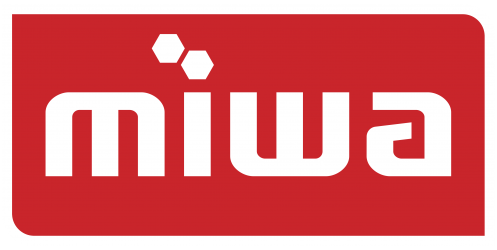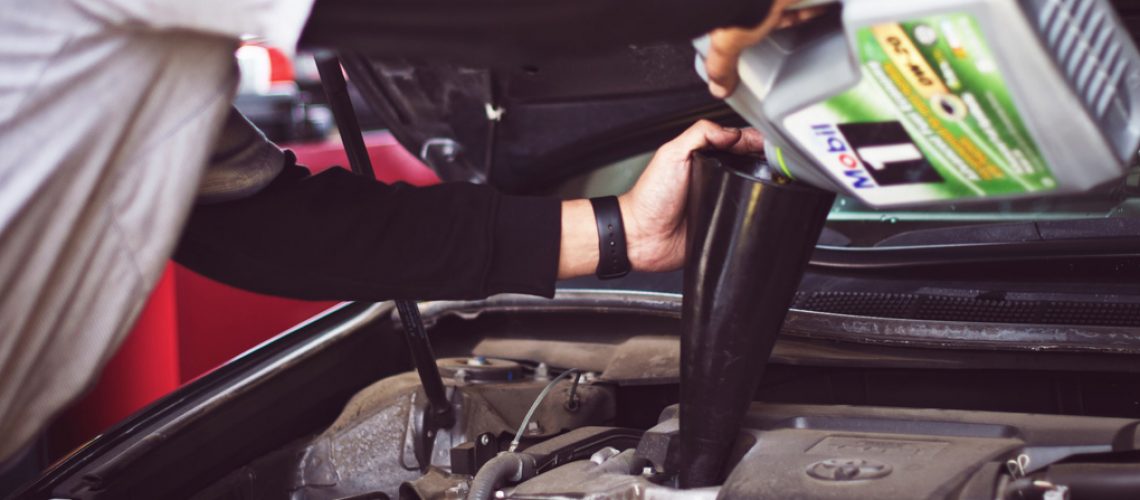With most consumers watching costs at present, many clients requiring services may want to know whether it’s critical for them to pay for a major service, or if they can possibly get away with a minor one.
This is why it’s important for them to know the difference between the two. For example, a minor service entails a change of oil and oil filters, while all fluids, filters, belts, hoses, brakes, and emissions will be checked. The chassis will also be lubricated if it has not been factory sealed. All lights, windscreen washers, coolant levels, brake fluid, and power steering fluid will be checked, too, and the workshop may also check tyre pressure and rotate the tyres.
As its name implies, a major service is far more thorough. It includes a check of every single part of the vehicle, including components and bodywork. Hinges and latches will be greased, components lubricated, all parts will be reported on, and the engine and vehicle will be washed. The mechanic will also check the timing belt.
In both cases, consumers can ask the mechanic to check on any specific problems they may have noticed.
It’s important to tell customers what their service will include, and whether they are due for a minor or major service – but remind them, too, that a major service takes place only every second year.


